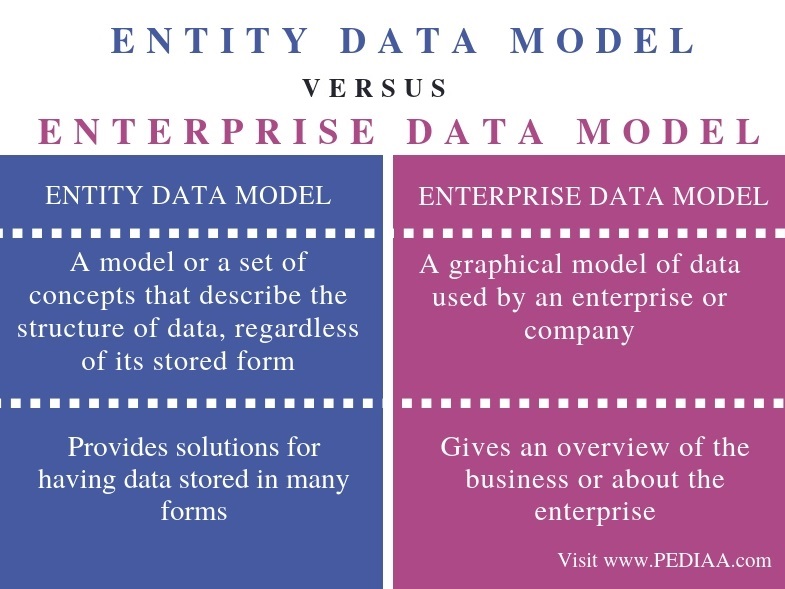

If you’re reconciling an account for the first time, review the opening balance. It needs to match the balance of your real-life bank account for the day you decided to start tracking transactions in QuickBooks. Just like balancing your checkbook, you need to review your accounts in QuickBooks to make sure they match your bank and credit card statements. It ensures accurate financial records and helps in identifying discrepancies early on.
Regular reviews help in detecting potential errors or fraudulent activities, thereby safeguarding the financial integrity of the business. It also streamlines the reconciliation process, providing a clear and up-to-date financial overview for informed decision-making. From accessing the reconcile tool to marking transactions as cleared, we’ve got you covered.


However, with consistent practice and attention to detail, it becomes a manageable and integral part of your financial routine. Should you encounter complex issues, don’t hesitate to seek guidance from QuickBooks resources or consult with accounting professionals. For small discrepancies, consider creating a reconciliation discrepancy account to track them. However, for more significant issues, it may be advisable to redo the reconciliation for the affected period, which could be a complex task requiring consultation with an accounting professional. Keep a record of all changes made for future reference and potential audits. Finally, you need to make sure all transactions are matched to already-entered transactions, or categorized and added if there is no such transaction entered already.
Reconciling transactions that are older than the opening balance
QuickBooks will attempt to match downloaded transactions to previously-entered transactions to avoid duplication. If you forgot to enter an opening balance and you’re already tracking transactions in the account, here’s how to enter an opening balance later on. It aids in identifying any potential errors or fraudulent activities, thereby contributing to the overall financial integrity of the organization. Utilizing the various tools within the reconcile window, such as filters and search functions, further streamlines the process for a comprehensive reconciliation.
- Learn how to set up a local entity for your business with this easy-to-follow guide, covering legal requirements, registration, and more.
- Select the appropriate bank or credit card account to reconcile from the Account field.
- Entering the ending balance in QuickBooks Online is a crucial step in the reconciliation process, ensuring that the financial records align with the closing balance of the bank statement.
- Adjustments may be necessary to rectify any inconsistencies and ensure that the financial records accurately reflect the actual bank activity.
- You’ll compare each transaction in QuickBooks with what’s recorded on your bank statement.
Through careful adjustments and verifications, the reconciliation process aims to provide a clear understanding of a company’s financial position. This meticulous approach helps in identifying and rectifying any irregularities, supporting informed decision-making and financial transparency. This finalization stage is vital for ensuring the accuracy and integrity of the financial data, providing a clear overview of the company’s financial position and allowing for informed decision-making. Reviewing transactions in QuickBooks Desktop is essential to identify any discrepancies and ensure that the recorded transactions correspond accurately with the bank statement. Reviewing transactions in QuickBooks Online is essential to identify any calculate cost of goods sold discrepancies and ensure that the recorded transactions correspond accurately with the bank statement. This helps to verify the accuracy of the recorded transactions and identify any discrepancies between the company’s books and the actual bank statement.
Enter the Ending Balance
Reconciliation is the process of fitting those pieces together accurately, creating a clear picture of your financial landscape. This process ensures that your recorded transactions align with the transactions reported by your bank, guaranteeing that no errors or fraudulent activities slip through the cracks. If you would like to streamline your reconciliation process in QuickBooks, Synder is the answer. Synder is a comprehensive financial management software that specializes in automating accounting processes for businesses, particularly those operating in ecommerce and using online payment platforms.
How Synder can ease the reconciliation process
We’ll delve into reconciling previous months, rereconciliation, and marking transactions as reconciled in QuickBooks Online. If you’re ready to streamline your reconciliation process and gain a deeper understanding of how to reconcile in QuickBooks, read on to become a reconciliation pro. When you create a new account in QuickBooks, you pick a day to start tracking transactions. You enter the balance of your real-life bank account for whatever day you choose.
Verify the accuracy of all entered information and proceed by selecting Continue or OK. If there are any freight expense discrepancies in the beginning balance, utilize the Locate Discrepancies tool to find and resolve them. If necessary, make adjustments to the opening balance or opt to Undo Last Reconciliation to start anew.
This process is crucial for maintaining accurate financial records and ensuring that there are no discrepancies in the social security benefits eligible for the federal payment levy program company’s books. It entails reviewing each transaction, comparing it with the corresponding bank statement entry, and making any necessary adjustments to ensure the accuracy of the records. This meticulous process aids in maintaining the integrity of financial data and enables businesses to track their financial health effectively. By cross-referencing the recorded transactions with the bank statement, discrepancies such as missing or duplicate entries can be identified and rectified, ensuring the accuracy of the financial records. Are you looking to master the art of reconciliation in QuickBooks?

